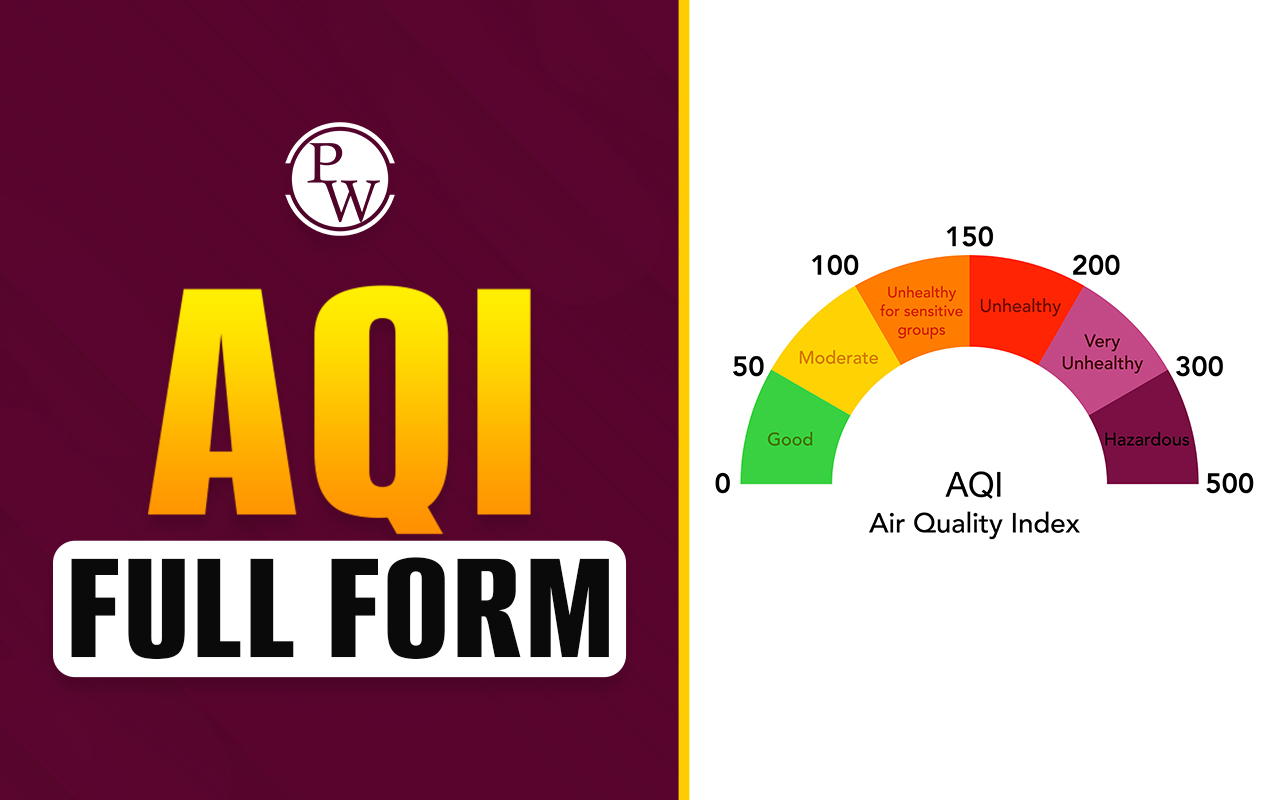

The PAC stands for Provincial Armed Constabulary. The personnel in the PAC can effectively handle various situations, including crowd control and counter-terrorism operations. Additionally, they have been equipped with modern weapons, communication equipments, and specialised tools to carry out their duties effectively. The PAC also works closely with other law enforcement agencies, such as the Central Reserve Police Force (CRPF) and the Border Security Force (BSF), to ensure a coordinated response to threats and challenges.
PAC Overview
The Provincial Armed Constabulary (PAC) is a specialised armed police force that operates in various states across India. It maintains law and order and supports local police forces in times of crisis. The PAC comprises 33 battalions, three zones, and seven sectors, with 225 out of 273 companies currently operational due to a shortage of personnel.
PAC came into existence before independence to respond to the need for a more organised and professional armed force to maintain order. The PAC has since grown and evolved, but its core mission remains the same - to maintain law and order and to support local police forces in times of crisis.
The various zones of the PAC are responsible for maintaining law and order within their designated geographical areas. Each zone is led by a senior police officer and staffed by personnel trained in weapons and crowd control techniques. The PAC personnel carry weapons such as rifles, shotguns, and tear gas to maintain law and order and respond to emergencies.
History of PAC Forces
The Uttar Pradesh Provincial Armed Constabulary (UP-PAC) was established in 1937 to organise a police force with 7,000 personnel using military techniques. It initially used to run on landlords' and businessmen's donations.
The Rajputs and Bhumihars from the Eastern part of the state, known as Poorvanchal, are the primary members of PAC. Over the years, the UP-PAC grew in size, adding new battalions, mostly from Bhumihars, Rajputs, and Yadavs from Purvanchal, Tyagis and Jats from Meerut, Baghpat, Muzaffarnagar, and Bulandshahr. It also included battalions from other martial races and regions, such as Garhwalis, Kumaonis, Rajputs, Lodhs, Ahirs, and Gujjars. In the 1990s, the Special Police Force and the 9th battalion of the UP-PAC got merged.
However, in May 1973, 12 battalions of the UP-PAC revolted, leading to the intervention of the Army. As a result, 30 policemen lost their lives, while hundreds lost their positions. In 1982, two petitions were filed in the Supreme Court to disband the UP-PAC. As a result, the Task Force, a 46-battalion unit established to fight dacoits and insurgents by 1998, later became a regular PAC battalion.
Role of PAC
One of the key responsibilities of the PAC is to maintain order during large-scale events, such as elections, festivals, and public gatherings. They also play a crucial role in maintaining peace and security during civil unrest. Additionally, PAC is also capable of responding to natural disasters and other emergencies. Moreover, it works closely with local authorities and relief organisations to provide aid and support during the:
- Water and flood logging
- Earthquakes
- Nuclear and chemical disasters
- Biotechnological mishaps.
Important Features of PAC
The Provincial Armed Constabulary (PAC) in India has the following features:
- The PAC is organised and drilled along military lines. It has a transparent chain of command and a strong emphasis on discipline and order.
- Its personnel can effectively utilise rifles, shotguns, and tear gas to maintain public order.
- The primary role of the PAC is to maintain law and order in the state, respond to emergencies, and support local police.
- The PAC has zones based on geographical areas, each headed by a senior police officer.
- It works closely with other security agencies, including the Indian Army, to ensure the safety and security of the state's citizens.
- The PAC comprises personnel from various ethnic and martial groups, including Bhumihars, Rajputs, Yadavs, Tyagis, Jats, Garhwalis, Kumaonis, Lodhs, Ahirs, and Gujjars, among others.
The PAC is vital to India's security apparatus. The PAC's dedication and professionalism have earned it a reputation as one of India's most respected and effective law enforcement agencies.
[wp-faq-schema title=" Full Form of PAC Force FAQs" accordion=1]
What is the Provincial Armed Constabulary (PAC)?
What are the key responsibilities of the PAC?
What does the PAC comprise?
How does PAC help in disaster management?












